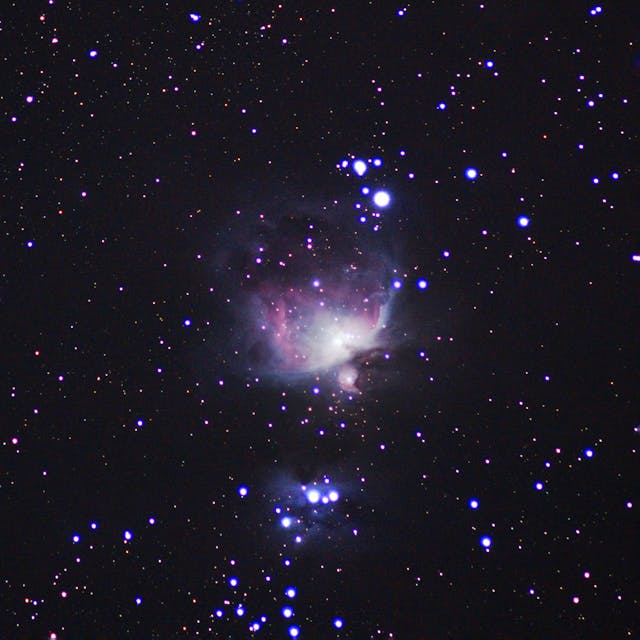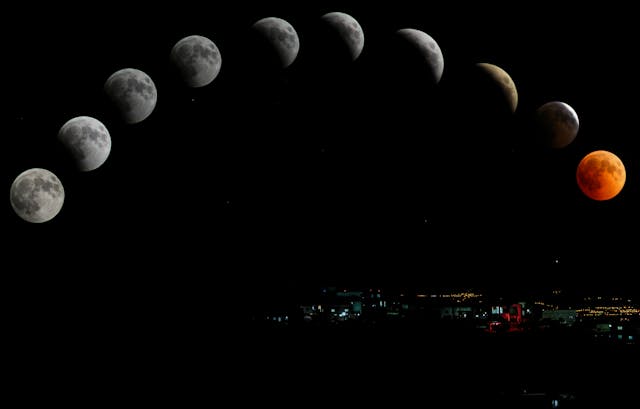Hinduism, one of the world’s oldest religions, is deeply intertwined with the cosmos, demonstrating an advanced understanding of astronomy that shaped its prayers and rituals. Here we put light into the role of Hindu astronomy in ancient practices, illustrating a harmonious relationship between the celestial and the spiritual.
The Roots of Hindu Astronomy in Spirituality
The Vedas, the oldest sacred texts of Hinduism, provide the foundation for Hindu astronomy. The Rig Veda contains profound references to the motion of celestial bodies, the cycles of time, and the rhythm of the universe. These early observations laid the groundwork for integrating astronomical principles into spiritual practices and prayers.
Ancient Hindu scholars meticulously studied the skies, recording their findings in texts like the Jyotisha Vedanga. This science of timekeeping and celestial observation influenced both scholarly pursuits and everyday rituals, embedding cosmic rhythms into Hindu culture.
Nakshatras: Lunar Mansions Guiding Rituals
The Nakshatras, or lunar constellations, play a pivotal role in Hindu rituals. The moon’s passage through 27 Nakshatras is used to determine auspicious timings (muhurats) for festivals, ceremonies, and prayers. Examples include:
Makar Sankranti: This festival marks the sun’s entry into Capricorn and the onset of Uttarayana (the sun’s northward journey), symbolizing new beginnings.
Ekadashi: Observed on specific lunar days, Ekadashi fasting aligns human energy with the lunar cycle, enhancing spiritual clarity.
Nakshatras such as Rohini and Pushya are especially auspicious, guiding the timing of important rituals like weddings and temple ceremonies. These practices reflect the intricate connection between Hindu astronomy and religious observances.
Yajnas and Celestial Alignments
Vedic Yajnas (fire rituals) are deeply aligned with celestial events. The positioning of the altar and the timing of offerings are determined based on the movements of celestial bodies. For example:
Agnihotra Yajna: Performed at sunrise and sunset, this ritual aligns with the solar cycle, symbolizing harmony with nature.
Ashvamedha Yajna: Conducted during specific planetary configurations, this grand ritual emphasizes cosmic order and divine blessings.
The Shrauta Sutras, ancient texts detailing Yajna procedures, underscore the precision of astronomical calculations in Vedic rituals, blending science with spirituality.
Hindu Temples: Architectural Marvels of Astronomy
Hindu temples often serve as astronomical instruments, showcasing the advanced knowledge of celestial mechanics. Examples include:
Sun Temple, Konark: This temple is designed to capture the sun’s rays during specific times of the year, symbolizing the power of Surya, the sun god.
Brihadeeswarar Temple: Aligned with equinoxes, this temple illuminates the deity’s sanctum during these celestial events, representing cosmic balance.
Even globally influenced structures like Angkor Wat highlight the reach of Hindu astronomical principles, further cementing the connection between spirituality and celestial observation.
Mantras: Resonating with Cosmic Frequencies
The chanting of mantras in Hindu prayers reflects the belief in aligning with universal vibrations. For instance:
Gayatri Mantra: Dedicated to the sun deity, this mantra is recited at dawn to harmonize individual energy with cosmic rhythms.
Sama Veda Chants: These musical hymns invoke celestial energies, embodying the idea that the universe is created through sound (Nada).
By synchronizing human consciousness with the cosmos, mantras enhance spiritual well-being and foster a deeper connection to the universe.
Celestial Festivals in Hindu Astronomy
Several Hindu festivals are timed according to celestial events, emphasizing the cosmic order:
Diwali: Celebrated on the new moon (Amavasya) in Kartik, symbolizing the triumph of light over darkness.
Kumbh Mela: Occurring at precise planetary alignments, this festival attracts millions for ritualistic bathing in sacred rivers.
Holi: Marked by the full moon in Phalguna, Holi celebrates cosmic renewal and the arrival of spring.
Navratri: Spanning nine nights, this festival aligns with seasonal changes and lunar phases, reflecting cosmic cycles.
These festivals illustrate the integration of Hindu astronomy into cultural and spiritual celebrations, fostering unity with the cosmos.

Jyotisha: The Science of Cosmic Influence
Jyotisha, or Vedic astrology, blends astronomy with spiritual guidance. It provides insights into individual lives based on celestial movements. Key practices include:
Graha Shanti: Rituals performed to appease planetary deities, balancing cosmic influences.
Kundali Matching: Used for marriage, this practice aligns individuals’ horoscopes to ensure harmony and prosperity.
These traditions highlight the belief that human destiny is intertwined with the cosmos, reinforcing the significance of Hindu astronomy.
Philosophical Underpinnings of Hindu Astronomy
In Hinduism, the cosmos is viewed as a manifestation of the divine. This philosophy, encapsulated in the concept of Rta (cosmic order), emphasizes living in harmony with natural and celestial laws. The alignment of prayers and rituals with astronomical phenomena reflects this principle.
Hindu philosophy also explores the cyclical nature of time through concepts like Yugas (epochs), illustrating the interplay of cosmic and earthly energies. This perspective fosters mindfulness and reverence for the universe’s rhythms.
Hindu astronomy exemplifies a culture that seamlessly integrates science with spirituality. By aligning prayers and rituals with celestial movements, Hinduism nurtures a profound connection between humanity and the cosmos. These practices not only enhance spiritual experiences but also provide a timeless perspective on the harmony between the natural and the divine.
Rediscovering Hindu astronomy offers valuable insights into living in balance with the universe. This ancient wisdom encourages mindfulness, reverence, and a holistic understanding of life’s cosmic dimensions.



